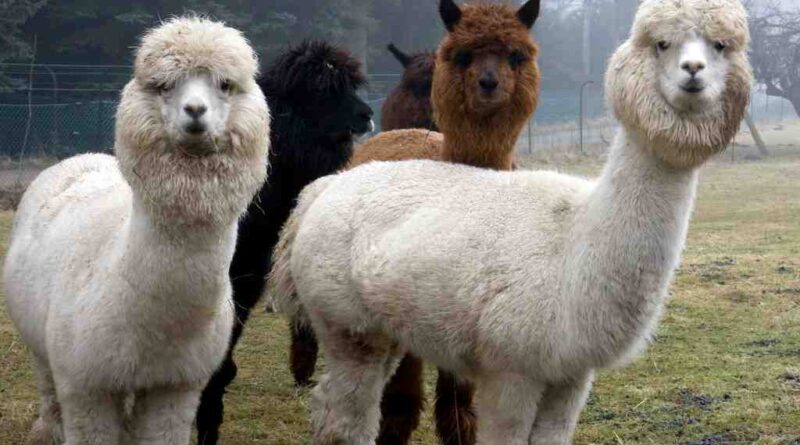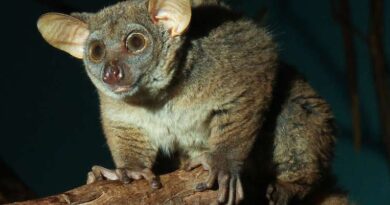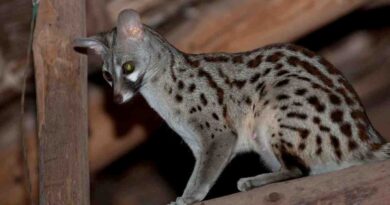ALPACA Lama pacos
ALPACA Lama pacos, a camel-like domesticated animal of the high Andes. It stands 3 ft (90 cm) at the shoulder, and its long fleece, often reaching the ground, is of uniform black, reddish-brown, or even white, as well as mixed colors, but piebalds are much rarer than in llamas. There is a tuft of hair on the forehead. The alpaca inhabits the high plateaux of Bolivia and, particularly, Peru. The principal center of breeding since time immemorial has been on the high plateau of Lake Titicaca in the Departments of Puno, Cuzco, and Arequipa. The alpaca thrives best at altitudes between 13,000 and 16,000 feet (4,300–5,300 m) with low air humidity, except in the rainy season. At lower altitudes, the animals are often rachitic, and their wool is poorer. The alpaca has very sensitive feet and prefers the soft, moist ground with tender grasses of the “bofedales’, where there are many pools and puddles in which they like to wallow. Alpacas are more fastidious feeders than llamas.
Gestation is 11 months. The mares foal in the rainy season. From the age of seven onward, alpacas are used only for meat production. At the present time, the quality of alpaca wool is only slightly lower than that of the vicuña and is being even further refined by crossing with vicuñas. The suri, a breed of alpaca with finer, thicker, and longer hair, provides up to 11 1b (5 kg) of wool per annum, but shows a greater susceptibility to parasitic diseases. Shearing takes place every two years before the rainy season in November or December, when temperatures are fairly uniform. It is done with ordinary knives or with shears. The Indian women can divide the wool into seven classes just by feeling it. Black alpacas are particularly in demand owing to their heavy coats of hair. There are numerous large commercial farms, but most of the Alpacas are owned by Indians. In Peru, the number of alpacas is estimated at over 2 million, and in Bolivia, it is about 50,000. Family: Camelidae, Suborder: Tylopoda, Order: Artiodactyla, Class: Mammalia.



